
How Mid-Century Modern Roared Back
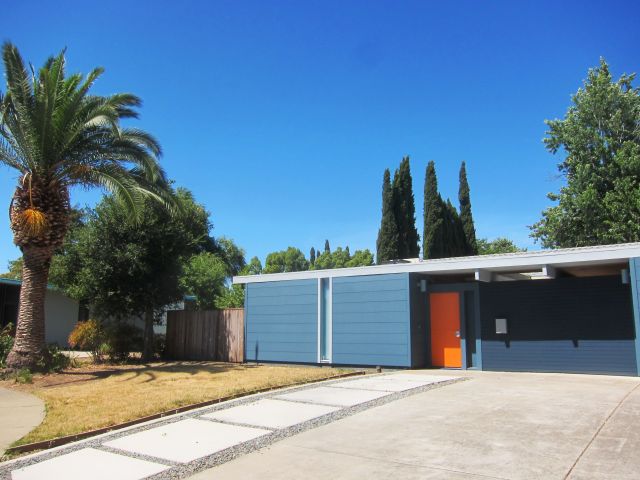 |
|
|
For decades – the 1940s, 1950s, 1960s, on into the early 1970s – sleek, glass-walled homes were hip. Then the fashion changed. But, starting about 20 years ago, the revival began. Why? How? Was there a secret cabal behind it? Check out these secrets in ‘Roaring Back,’ a sneak preview of the new winter '17 issue of CA-Modern magazine.
True, many Eichler neighborhoods never lost their panache during the dark years of the 1980s and 1990s. But the same cannot be said for many other such neighborhoods.
Consider Palm Springs, today famous for its modernism shows, its modern motels and shops, and its hundreds of Alexander homes. When artist Jim Isermann arrived in the late 1990s, however, what he found was entirely different.
The house he bought, an all-steel model designed by architect Don Wexler, “looked abandoned when I bought it.” Plywood was in some windows, a junker car sat in the driveway. “That’s pretty much what Palm Springs looked like then. It was pretty amazing.”
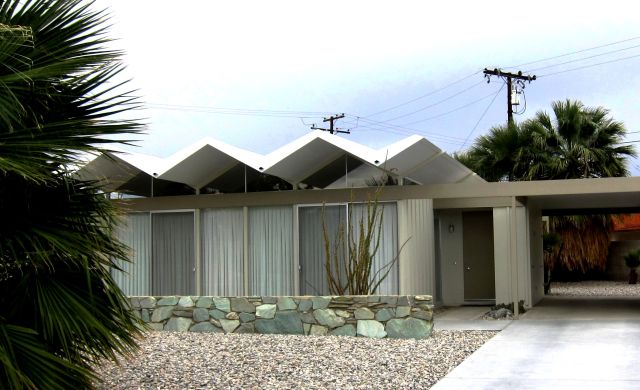 |
|
|
Isermann won plaudits, and many followers, for restoring the home to its original glory.
Although Eichler neighborhoods never hit the lows that affected some areas in Palm Springs, in many the sheen had gone away. Many people who moved in during the 1980s and 1990s didn’t get the style, or just plain didn’t like it.
“1993 was the Dark Ages,” says Marty Arbunich, publisher of CA-Modern and director of the Eichler Network. “There was no information out there about Eichlers. There were no resources at all. Homeowners were starving for somebody to give them some attention. I would say that 40 percent of people living in Eichlers back then didn't like them. Then a transformation began to occur.”
Today, it’s much more common for owners to restore mid-century homes than alter them. And this is happening even in modern neighborhood in such places as the San Fernando Valley, where many owners had lost track of their homes’ heritage.
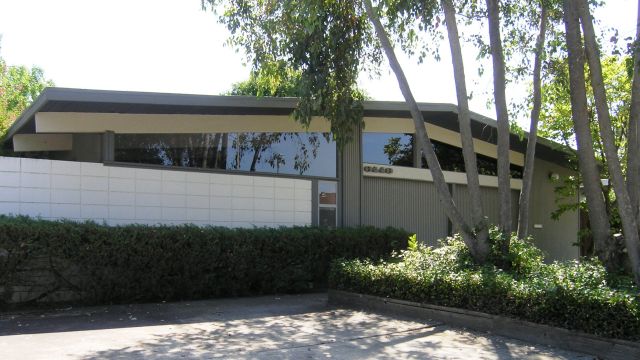 |
|
|
To find out how mid-century modernism lost its appeal, and how the appeal was rediscovered, we first had to find out something else.
Where did the name ‘mid-century modern’ originate? And what exactly did it mean? How is it different than simply calling something 'modern'?
And, yes, in many contexts, there is a difference – though it has more to do with the social contexts of the style – the affordability of objects, for one thing – than with pure aesthetics.
“I actually coined the term mid-century modern,” author Cara Greenberg tells us. “It wasn’t in use before my book came out.”
Greenberg, author of the 1983 book ‘Mid-Century Modern: Furniture of the 1950s,’ focused not on residential architecture but on furniture and décor. Yet her book, by giving a name to the style, brought renewed attention to it in all its guises.
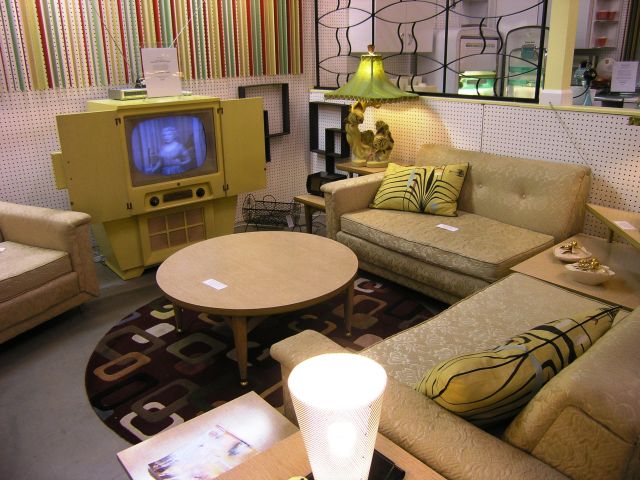 |
|
|
The general increase in interest in the style certainly helped people in Eichler neighborhoods who had always loved their homes. It became easier to convince neighbors not to make poorly conceived changes because now the style of the homes had a name – ‘mid-century modern’ – that was seen all over.
In 1993, the increasing emphasis on mid-century modern homes got a shot in the arm when not one but two newsletters got underway to serve Eichler homeowners. Jerry Ditto, a real estate broker, created 'Eichler Insights,' and the Eichler Network began another newsletter, the 'Eichler Network.' The latter continues today as CA-Modern magazine and the Eichler Network website.
There were magazines like Echoes Report (which morphd into Echoes) about Art Deco and Modernism. Other magazines that focused largely on mid-century modern, albeit broader in scope, followed, including Wallpaper in 1996 and Dwell in 2000.
Two books about Eichlers, beginning with Jerry Ditto’s ‘Design for Living: Eichler Homes,’ from 1995, played a major role in increasing appreciation for homes too many people were taking for granted, if not actively harming through wrong-headed remodeling.
Six years later ‘Eichler: Modernism Rebuilds the American Dream,’ by Paul Adamson and Marty Arbunich, emerged as a kind of bible for Eichler fans.
Soon, in Eichler neighborhood after Eichler neighborhood, signs of revival were seen. It often happened when newcomers arrived, buying first one house and restoring it, and then another.
Neighbors would share information about home renovations, often using the Eichler Network to find appropriate materials, siding, globe lights, and to find contractors who understood these homes.
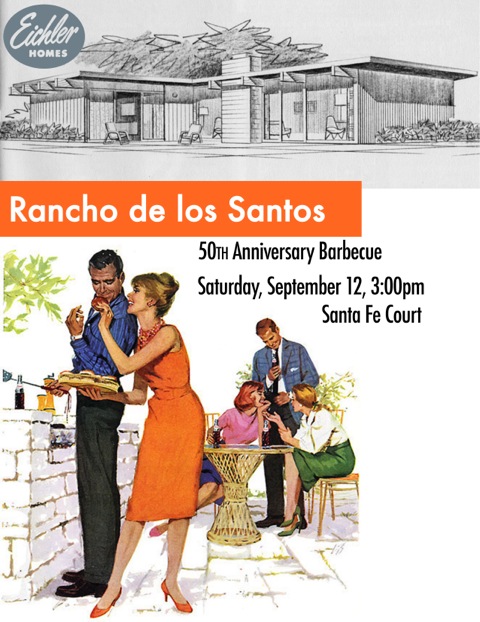 |
|
|
One good example is seen in the Eichler homes of South Land Park in Sacramento, where neighbors have credited Michael Triglia and Clyde Brown for bringing architectural pride to the neighborhood in 1997 when they restored their home.
“The remodel they did on their front of their façade was so dramatic that people began paying attention,” neighbor Pam Rice told CA-Modern.
Over the years, the author of this blog has visited dozens of Eichler and other mid-century modern neighborhoods to talk to people about this revival. It’s better to say, though, "these revivals," as each one happens on its own in a hyper-local way.
Some have gotten started not with a physical remodel but with historical research, which can bring with it pride in a forgotten tract.
Camilla Baum did it that way in her Concord neighborhood a few years ago when she hit the archives to discover what her tract had originally been called, information long lost in the mists of time.
“Oh, it was Rancho something,” was all her neighbors could recall.
It was, indeed, Rancho de los Santos. The discovery was celebrated – including with a fabulous 50th anniversary party. It’s that kind of thing that keeps the mid-century modern revival continuing. Find out more in ‘Roaring Back,’ a sneak preview of the new winter '17 issue of CA-Modern magazine.
- ‹ previous
- 326 of 677
- next ›



